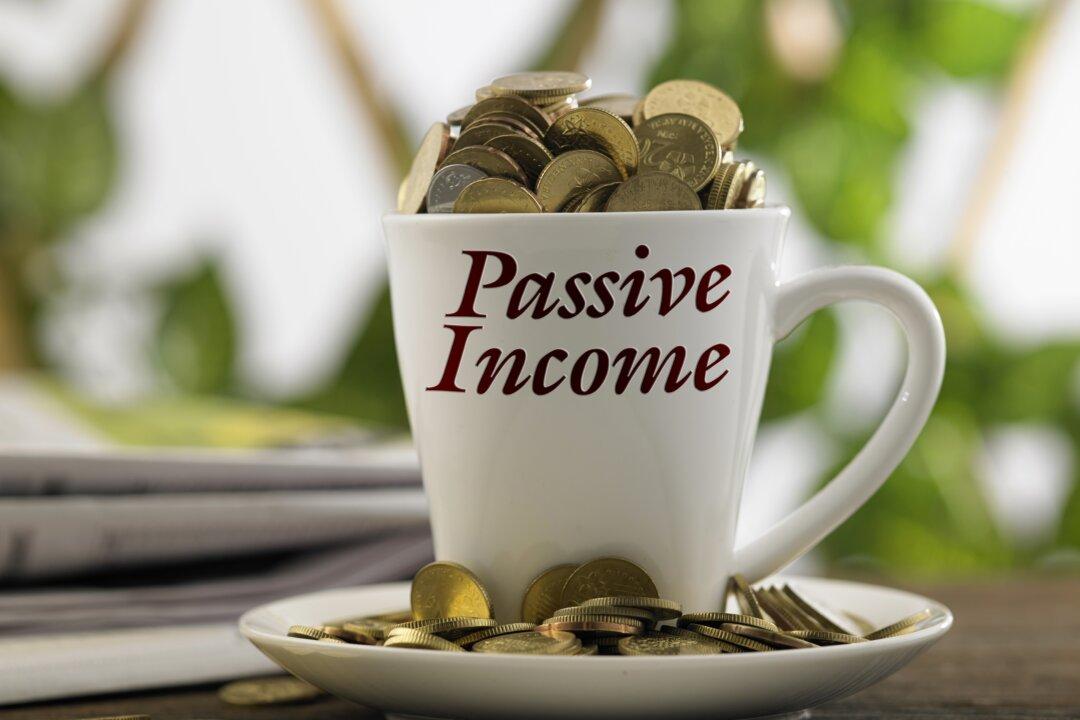Investing is an important part of preparing for the future. If you want to retire someday, investments and other retirement savings are vital for success. But if you don’t know where to start, the entire world of investments can feel intimidating. Here is a list of seven types of investments you should know about and how they may fit into your long-term financial plan.
Treasury Bills
Every investment has some level of risk, but the lowest risk investment is one with the United States government. Treasury Bills are the closest thing to “risk-free” investing you’ll find. But where there is little risk, you’ll also find little return.Treasury Bills are ultra-low-risk investments that many investors buy through a mutual fund or ETF. Often called “T Bills” by experienced investors, annual yields is around two percent as of this writing in May 2022.






